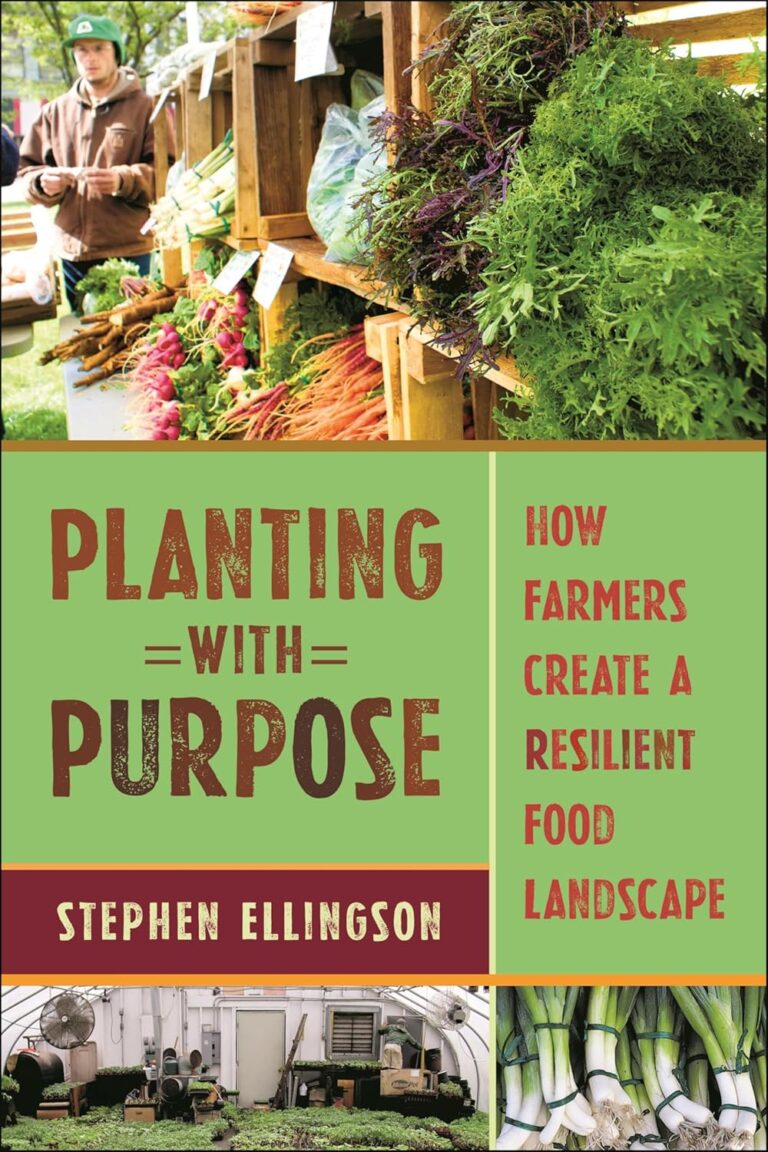Go Natural Education recently interviewed Professor Steve Ellingson of Hamilton College about his book, Planting with Purpose, which explores the growth of the local food movement in Central New York. Planting with Purpose is based on interviews with more than 50 people who are involved in local farming, food retail, restaurants, and agricultural non-profits across the region.
Our conversation considered what motivates small-scale farmers, the challenges they face, and the cultural and economic dynamics of local food systems. Go Natural Education invites you to watch this video in its entirety, and we ask that you subscribe to our YouTube channel so that you’ll be notified automatically whenever new content is available.
Why Local Food Is Gaining Popularity
Ellingson attributes the growth of the local food movement to several factors. Food safety is a major one, but consumers are also becoming more health-conscious. They’re seeking food that offers greater nutritional value, and this often leads them to investigate local sources. Cost constraints prevent some small farms from becoming certified organic, but many still follow organic practices.
Television shows and celebrity chefs have also contributed to the growth of “food culture” in the United States. In addition, there’s Community Supported Agriculture (CSA), a partnership between local farmers and consumers where people buy a share of the farm’s harvest in advance. Today, many consumers see CSAs as an alternative to supermarkets or grocery stores.
Purpose Over Profits
Economic gain is rarely the main motivation for local food production. Instead, many of the farmers that Ellingson interviewed spoke passionately about environmental stewardship, family legacy, and sustainability.
In his book, Ellingson identified three types of farmers:
- Novices, typically young people who are inspired by a back-to-the-land mentality
- Returners, people who left farms but came back
- Legacy farmers with multi-generational farmsteads
Across all three groups, themes like preserving biodiversity, improving soil health, and protecting watersheds were common. Farmers also expressed a strong sense of purpose, and these emotional awards often outweighed the financial limitations.
Defining “Local” and Consumer Demographics
The definition of “local” varies, and Ellingson avoids strict definitions like a 100-mile radius. Instead, he considers local to include nearby counties within a drivable distance. He noted that consumers also differ in their interpretation, and that some chefs in Central New York stretch the definition to include wine from the Finger Lakes region of Western New York.
Demographically, the typical local food customer is white and middle- or upper-middle class. Often, fruits and vegetables are priced competitively with supermarkets; however, local meat is more expensive. Retailers and markets in low-income areas struggle to attract local shoppers, many of whom prefer foods that are familiar to them. Instead of participating in local markets, refugee communities in places like Utica, New York often grow food for their own consumption.

Barriers to Growth
Ellingson also described several challenges that limit the growth of local food systems. Scale is the largest obstacle. Small farmers do most of the work themselves – and with little help. This makes it difficult to increase production or enter new markets. Labor is hard to find, and an expansion requires time and money that many small farmers don’t have.
Another issue is finding new markets beyond foodies and health-conscious consumers. Many farmers don’t have time to educate or attract new audiences. Retail businesses and restaurants present further challenges. Health food stores want consistent inventory, and chefs frequently change menus. Additionally, supermarkets require large volumes that small farms can’t always meet.
Possible Solutions
Some farmers are exploring creative solutions. One promising model is an online local food marketplace that allows customers to pre-order. This gives farmers predictable demand while reducing the amount of time spent at farmers’ markers. Mentorship can also help new farmers avoid costly mistakes and reduce farming’s learning curve. Support from large institutional buyers like local colleges or hospitals can also provide stability and growth potential.
The Future of Small Farming
Despite the successes of the local food movement, Ellingson is skeptical that it can replace the industrial food system. Today, industrial agriculture offers convenience, scale, and a vast selection that local producers can’t match. Transforming the food system is possible but would require significant federal policy changes, such as reallocating crop subsidies and investing in infrastructure to support small producers.
Finally, Ellingson stressed the importance of education – something that we also emphasize at Go Natural Education. By teaching consumers to eat locally and seasonally, and by integrating food education into schools, small farmers can help build awareness of local food and demand for it from a young age.